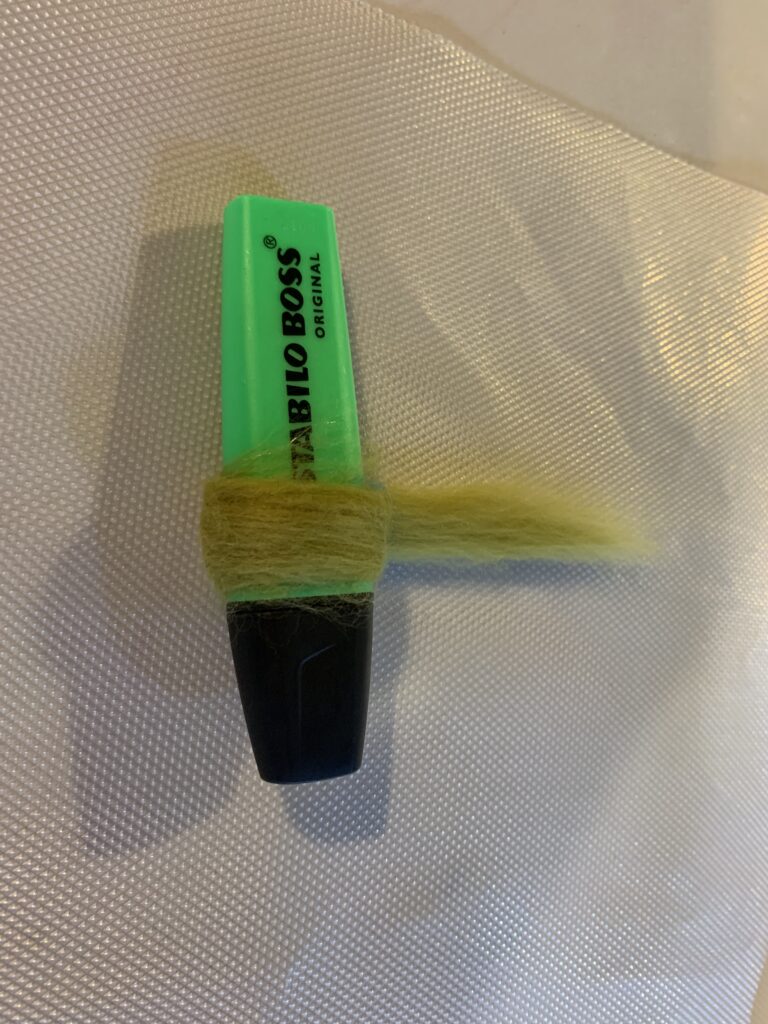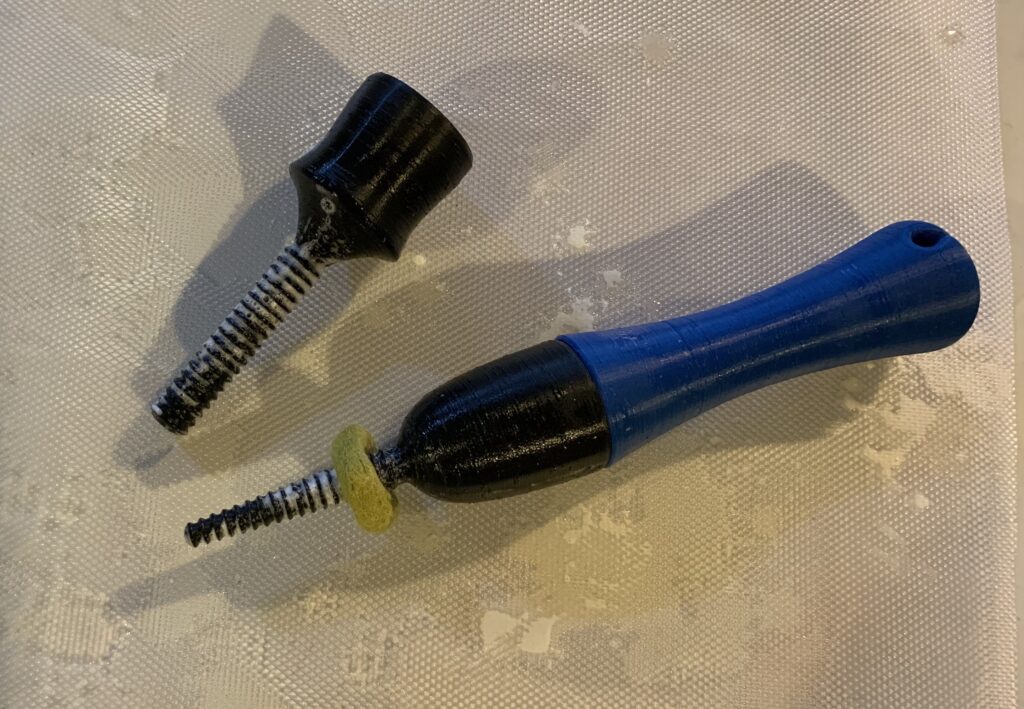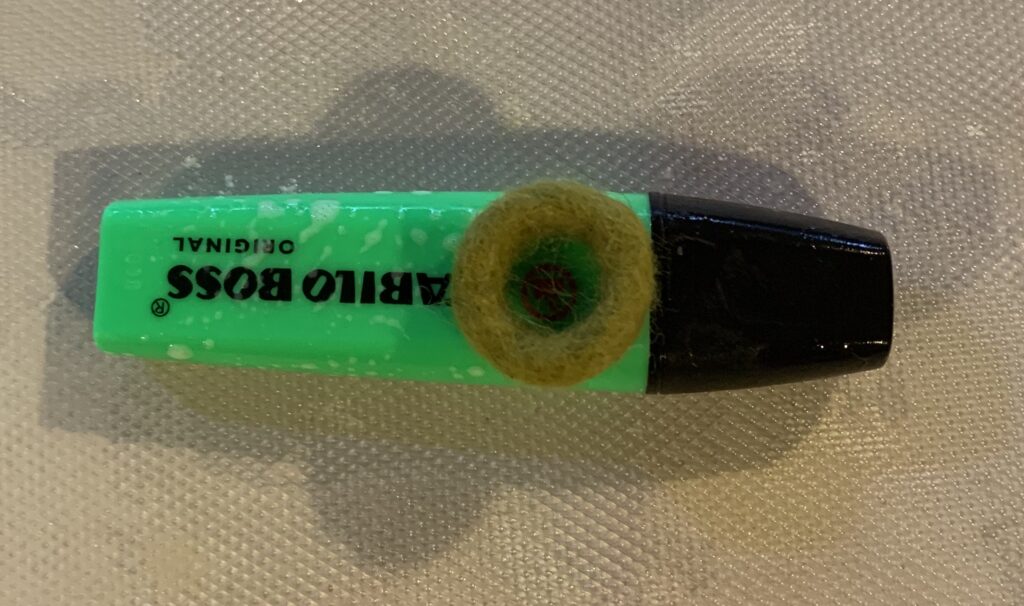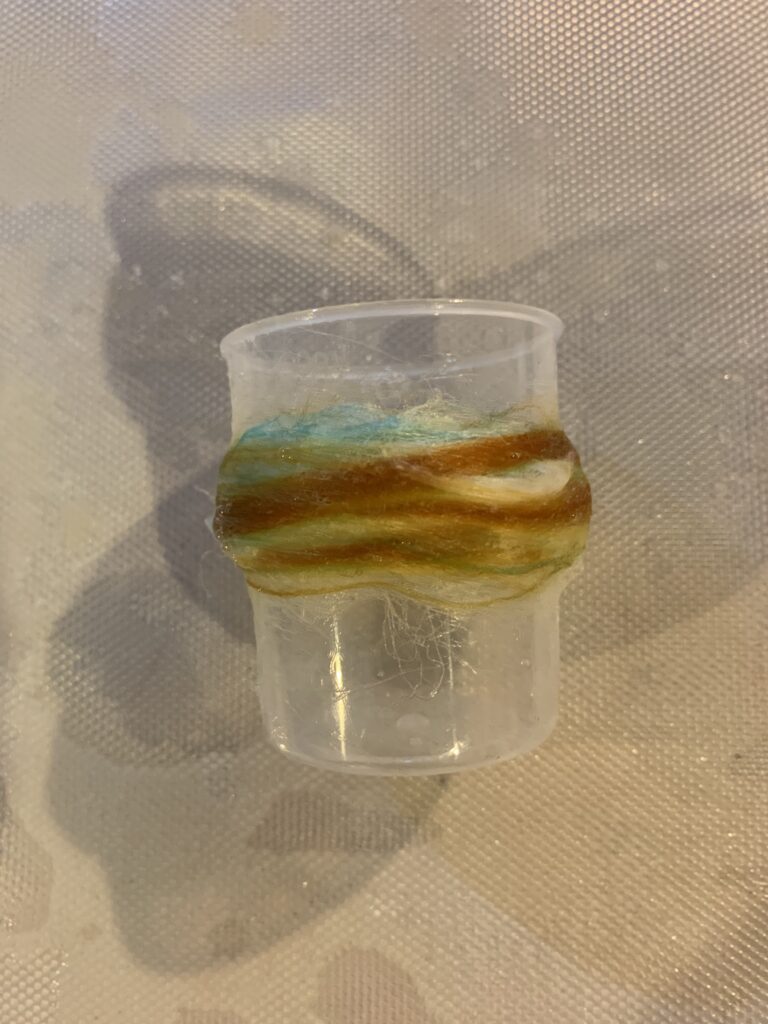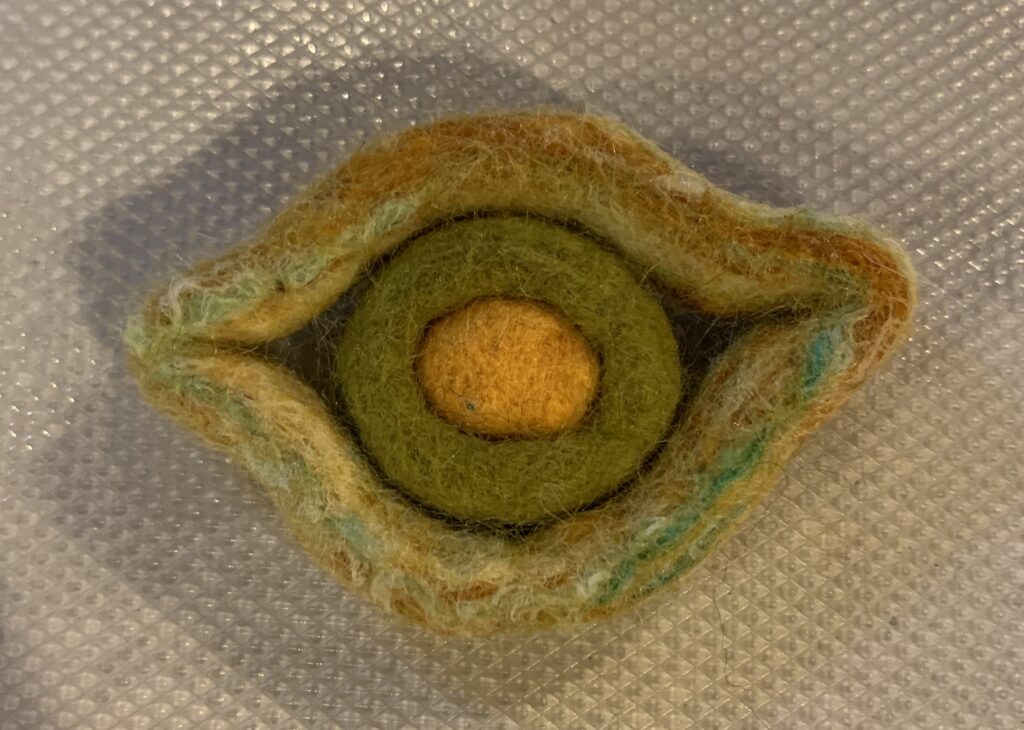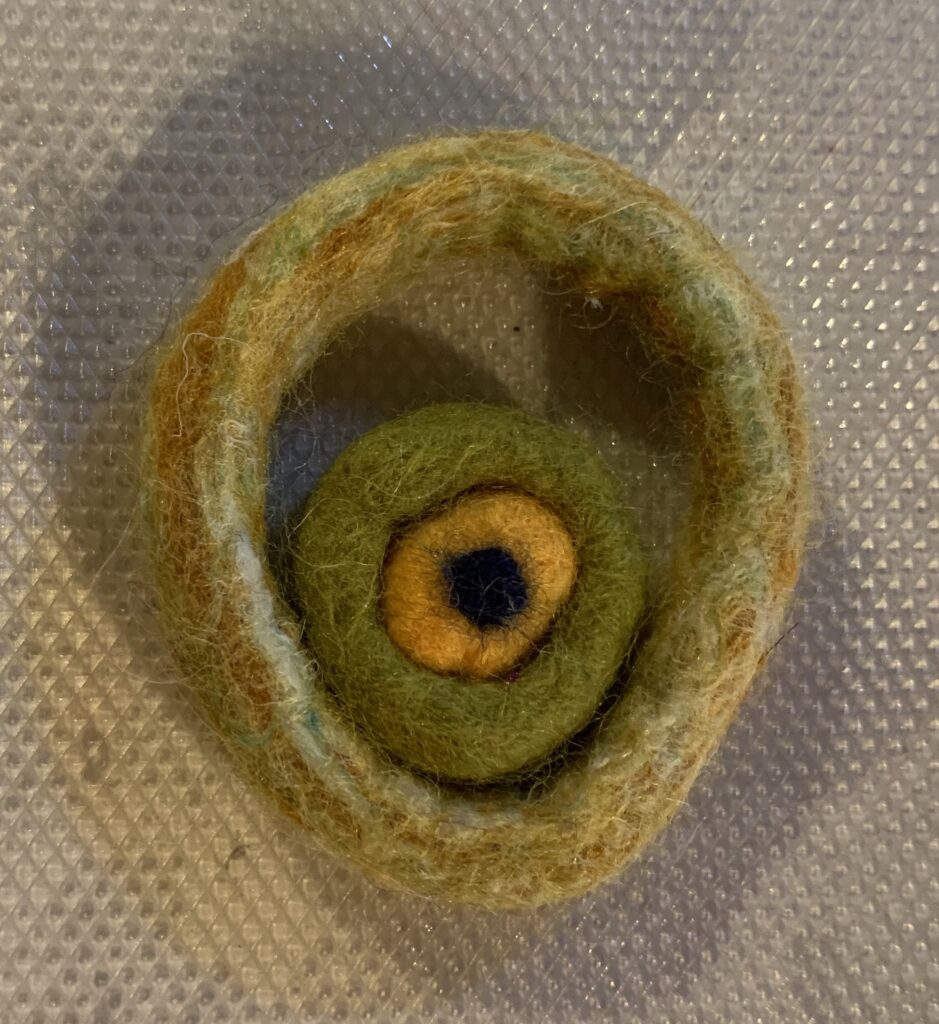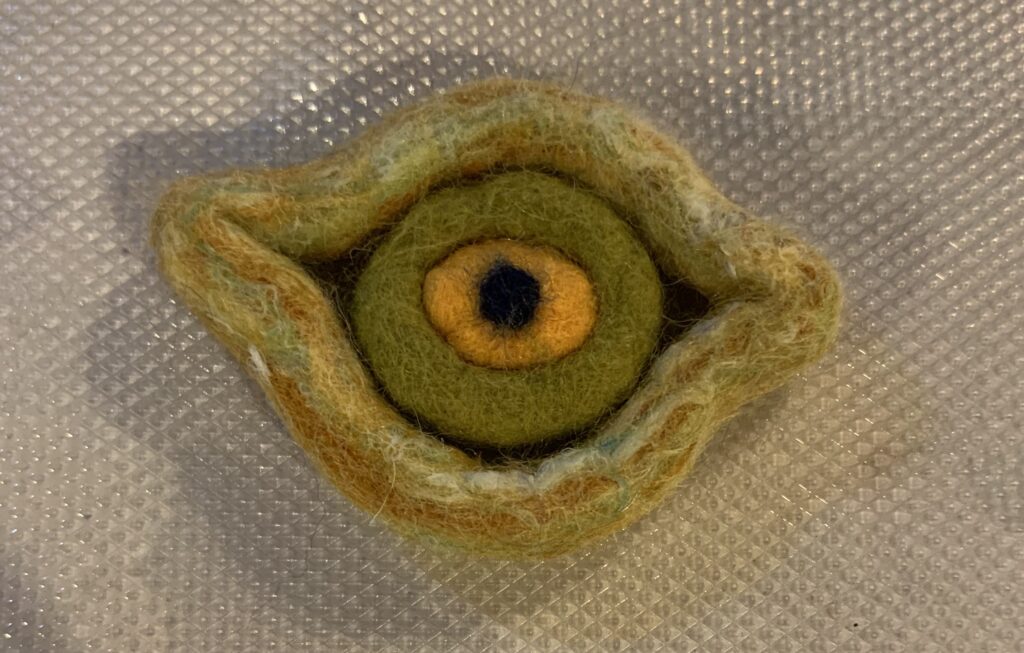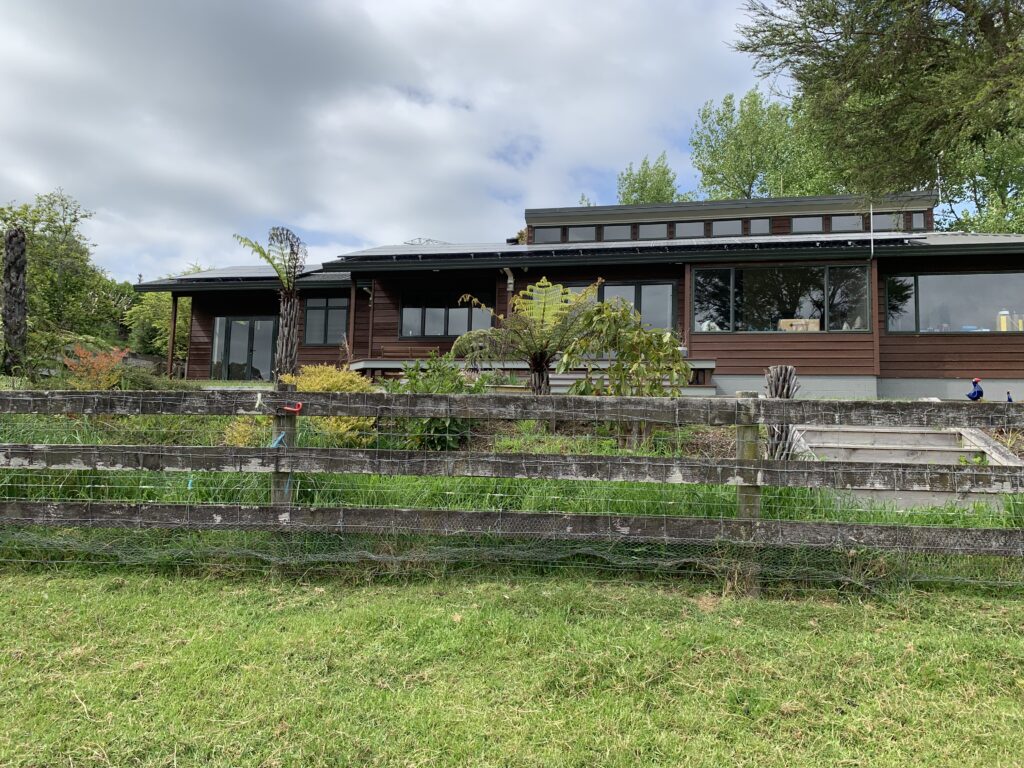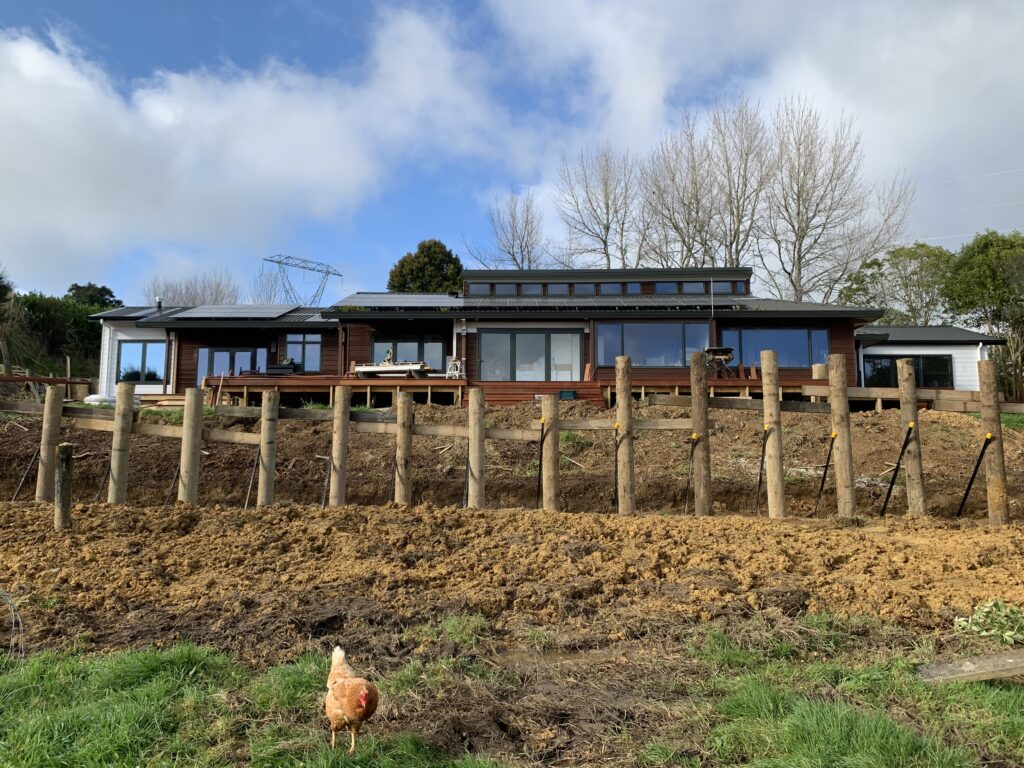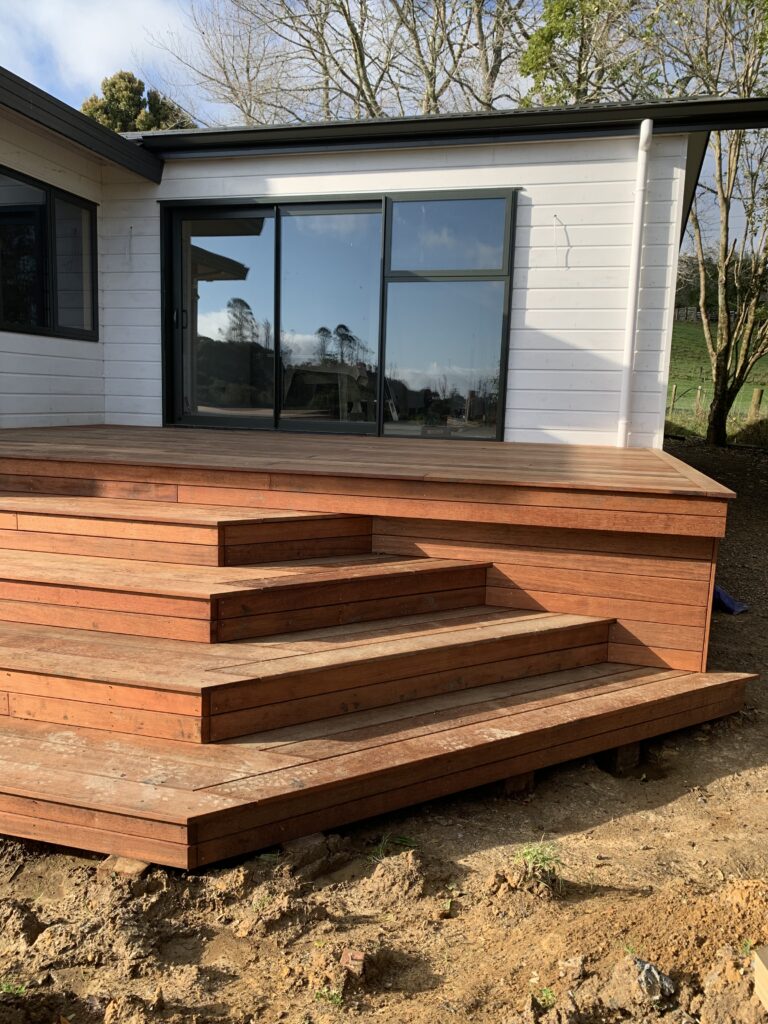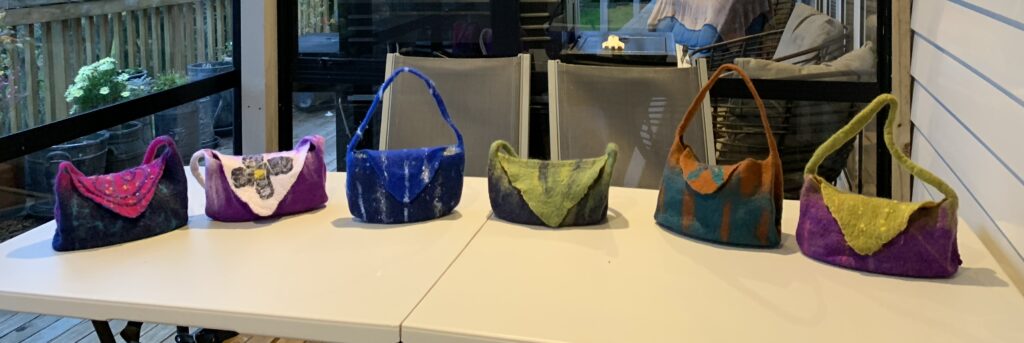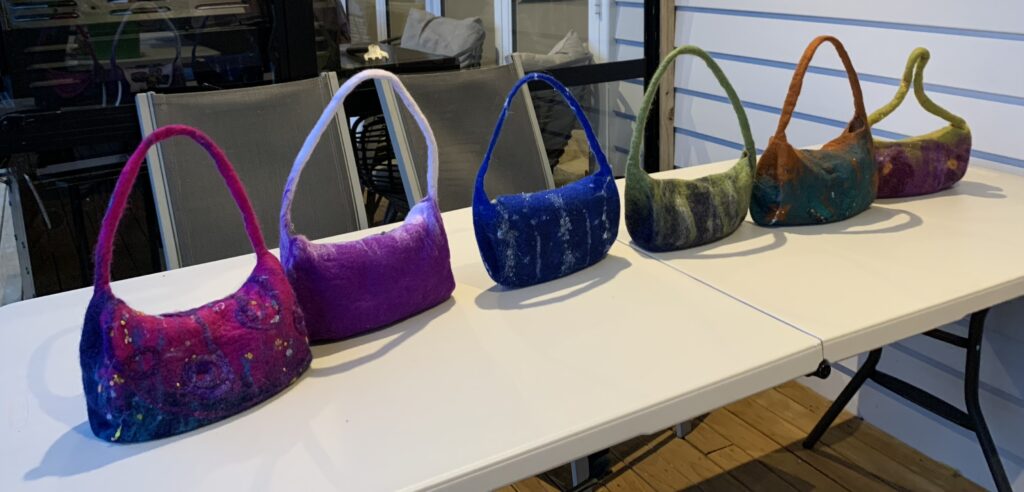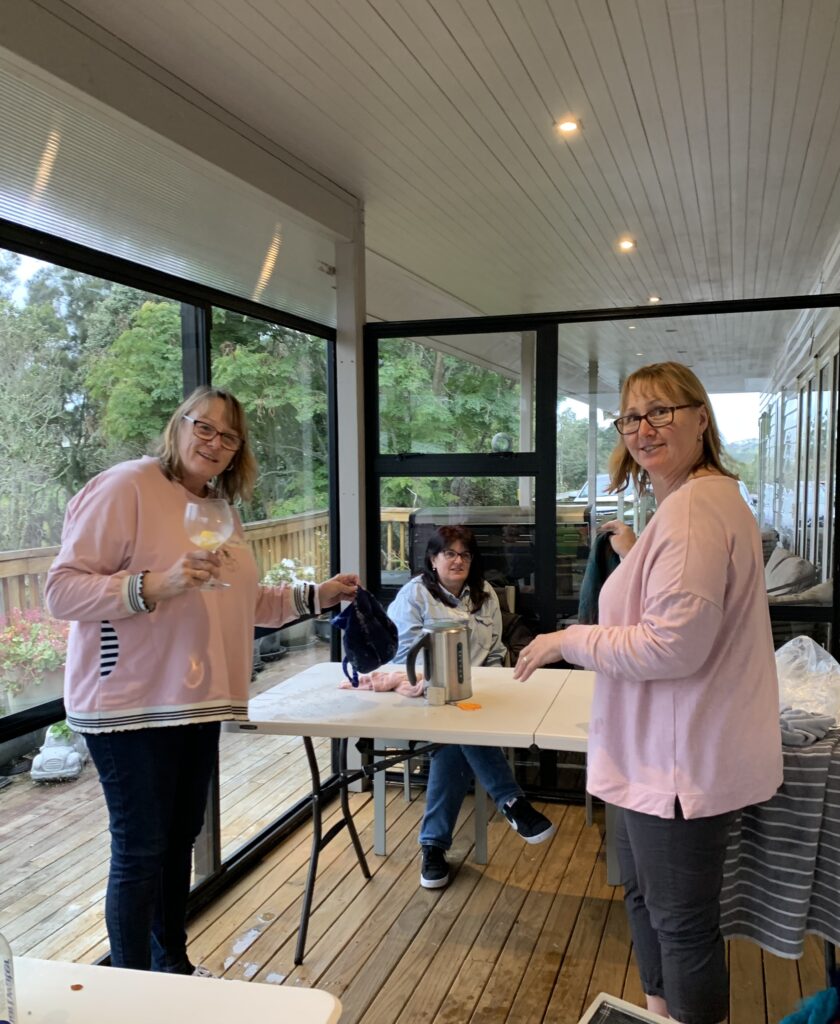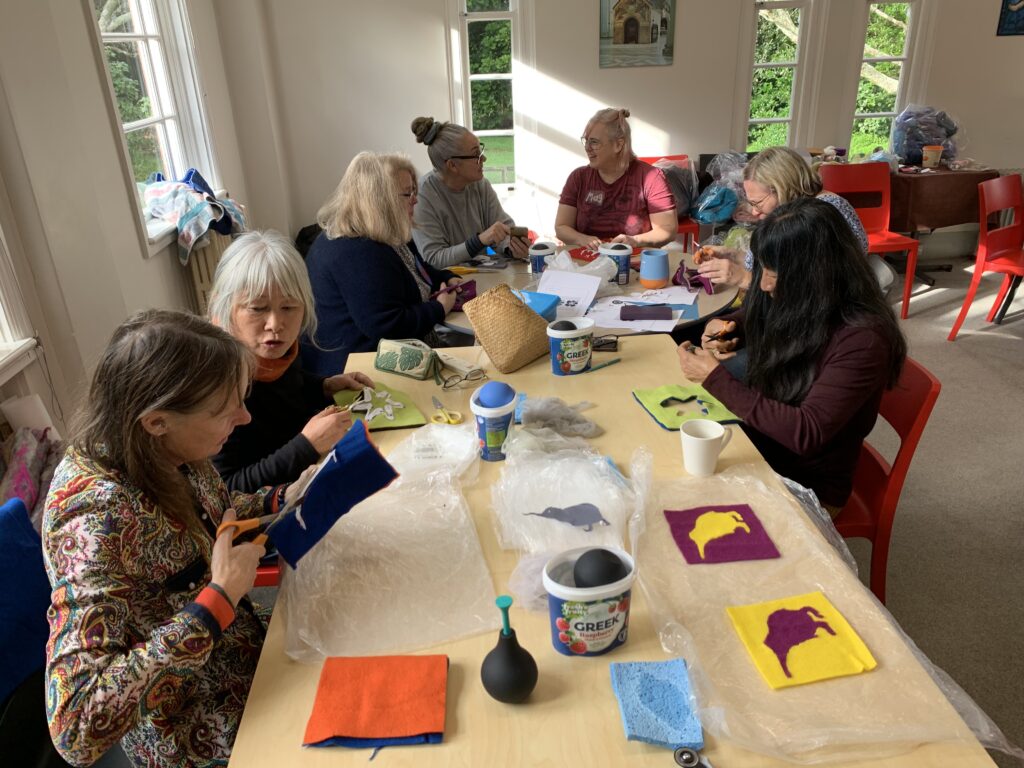Where do the ideas for your felt projects come from? I find inspiration in a whole range of sources, sometimes it’s photos of flora or fauna I’ve taken on holiday or just stumbled across on the web, sometimes it is scrappy little samples from playing in the studio that spark an idea for a bigger project and sometimes it’s other artists’ work.
Potters are a favourite source for this last group, as a part-time potter myself I am probably exposed to other potters work more than most and I love the technical challenge of thinking how my favourite shapes and forms made in clay can be translated into a completely different medium like wet felt.
My interest was piqued by a post in the Sculptural Wet Felting group on Facebook (if you aren’t a member I recommend joining, there are some very clever people doing amazing things with felt in there!). The post introduced Ursula Morley Price’s incredible ceramic artworks, her name is definitely worth Googling and her incredible work appears to be for sale in galleries all over the world.
The post on FB set us a challenge, to interpret Ursula’s work in wet felt…. Challenge accepted!
Labour weekend was the second of our annual Auckland Fun Felter’s retreats, my (probably overly-ambitious) plans to make a 2 storey cat cave and a felted origami footstool were pushed aside so I could play with felted “fins” instead.
I confess, I had made similar pieces in felt before, these I called my “flappy vessels”. Most have been sold or gifted but I still have these two, my “helter-skelter vessel”:
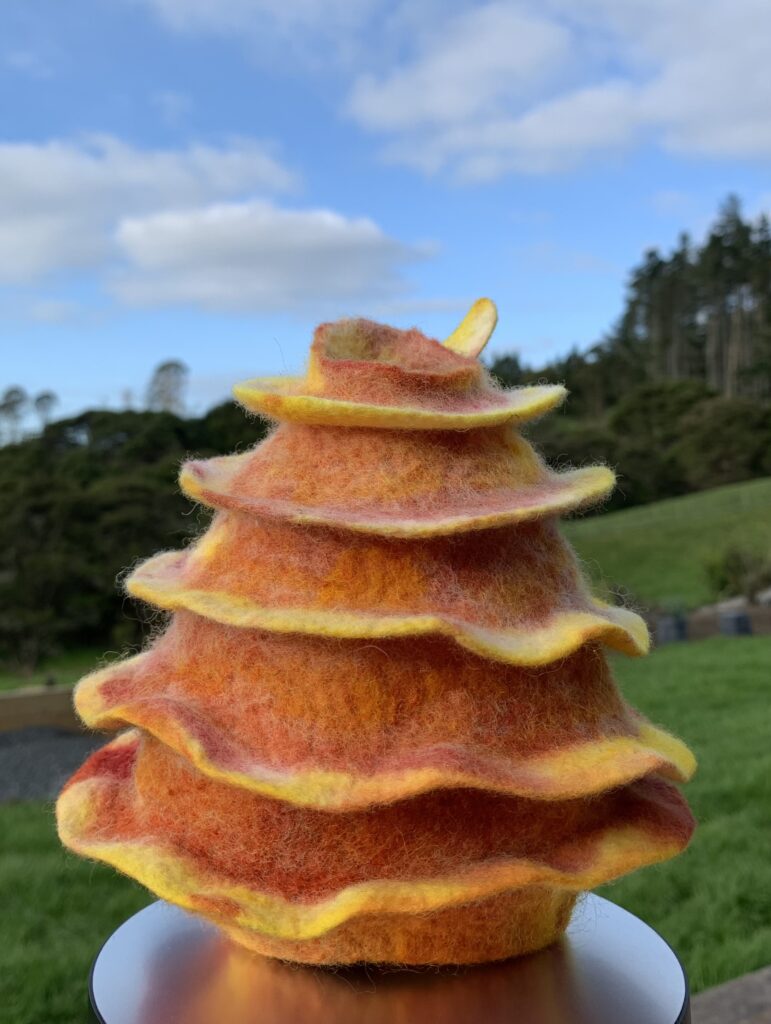
and a hanging light:
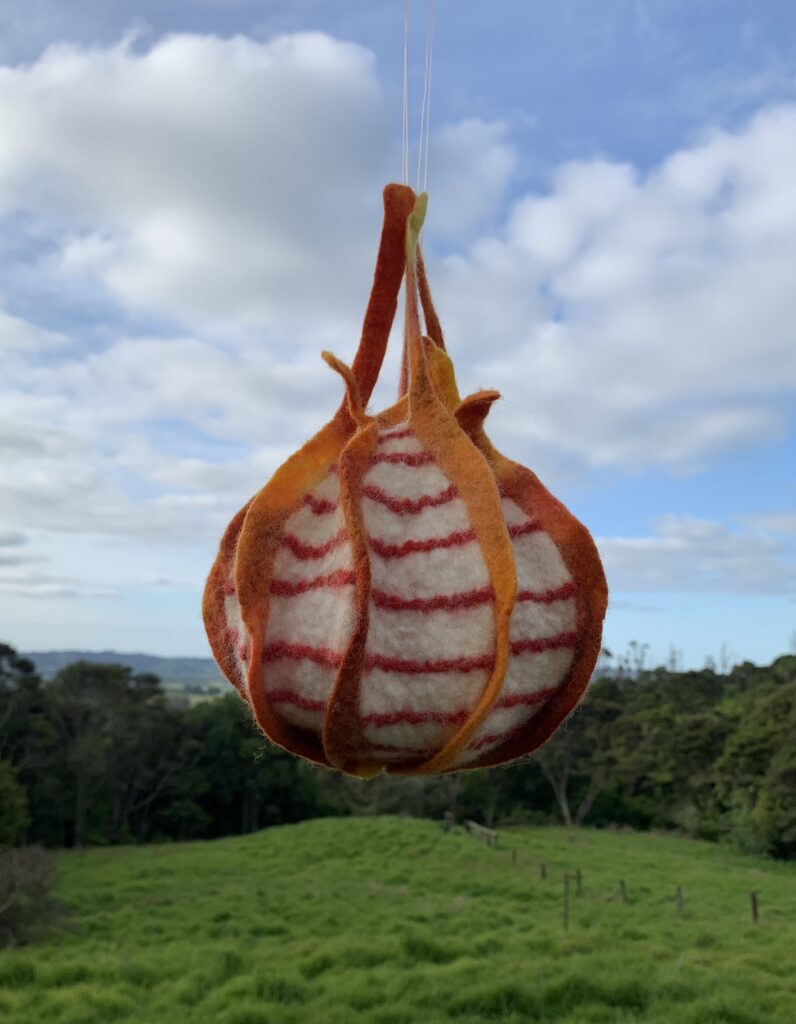
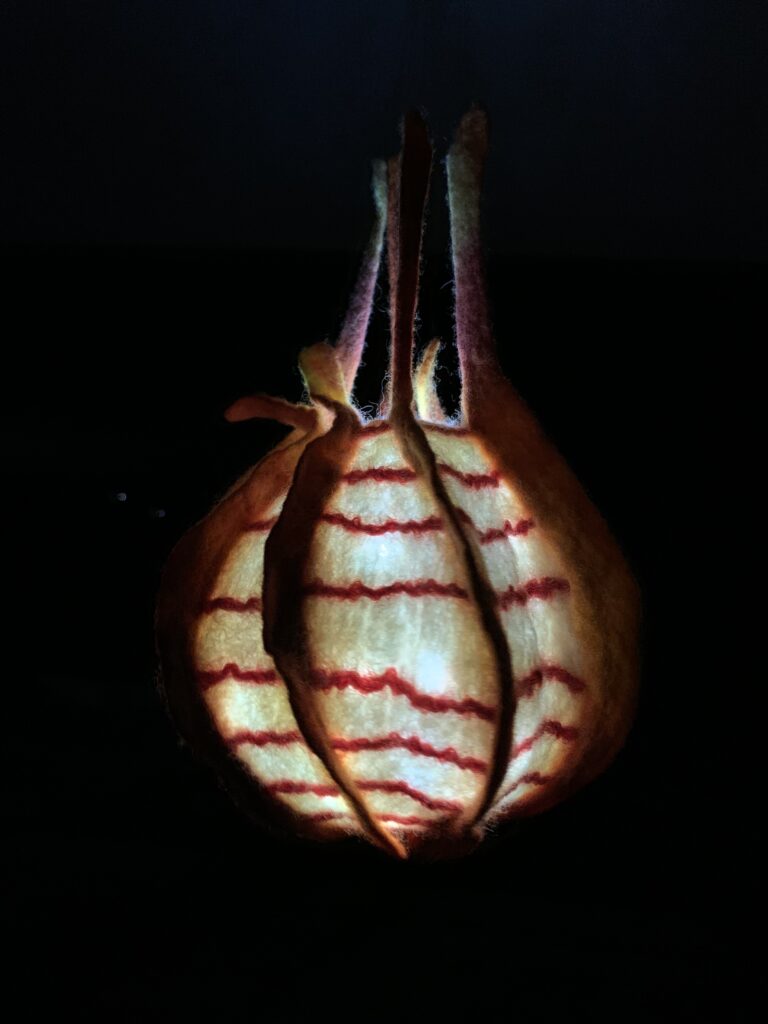
But seeing Ursula’s work inspired me to go all-out adding fins to my “vessels”.
The first attempt was a hat, using my current favourite “Dragon’s Breath” merino and silk blend:
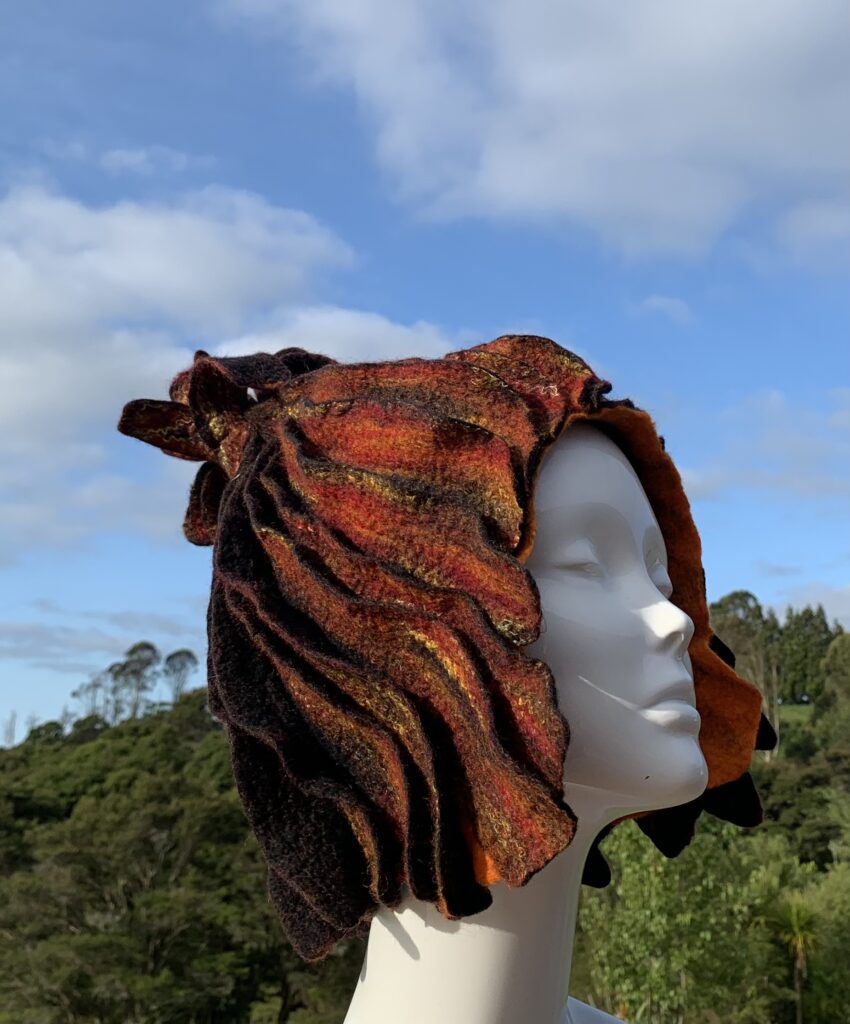
It reminds me of an erupting volcano, it doesn’t have a name yet but my thoughts are headed in that direction. Any ideas for a name?
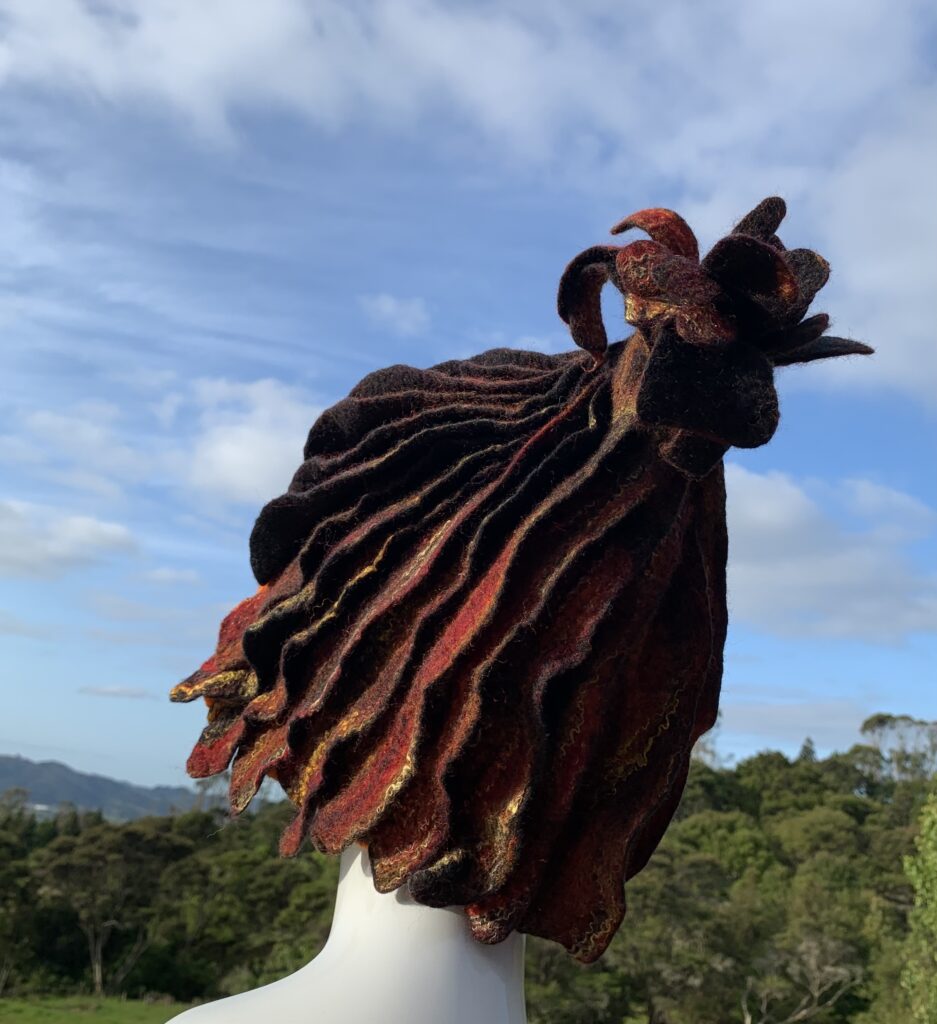
I was pleased with how the hat turned out so set myself an extra challenge of making a vessel that could stand aloft on its fins, I think this one will be called “levitate”:
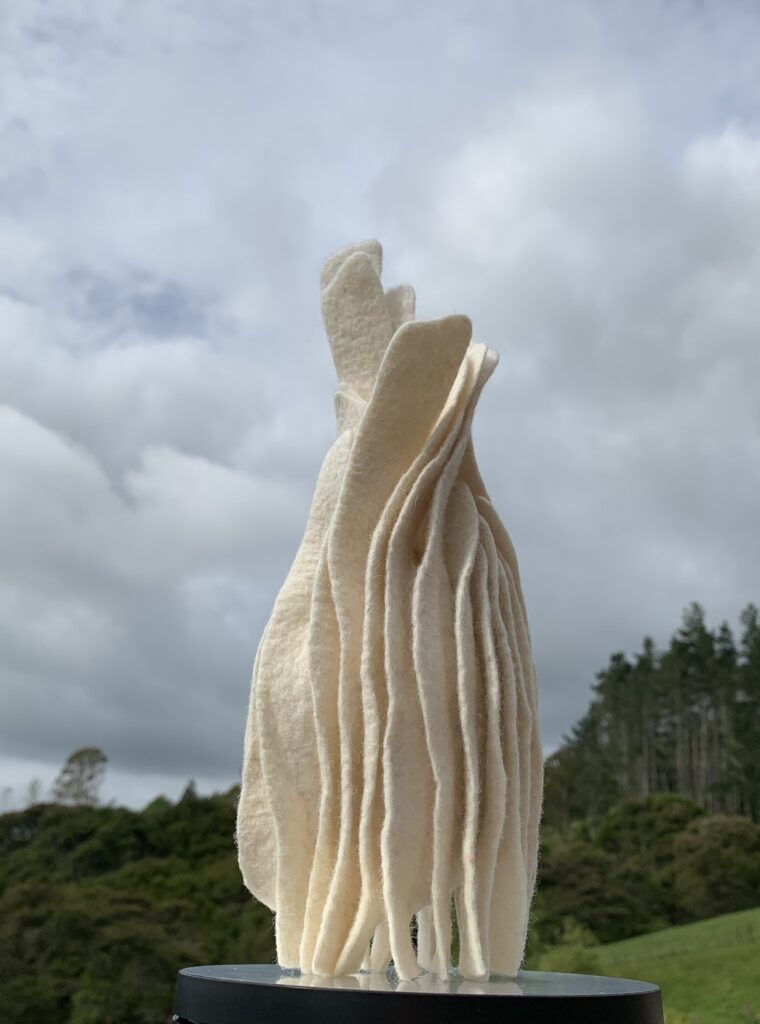
I am tempted to trim some more of the base fins so it is left standing on just a handful and make it appear more like it is floating.
Are you feeling inspired? I’d love to see what you create!

